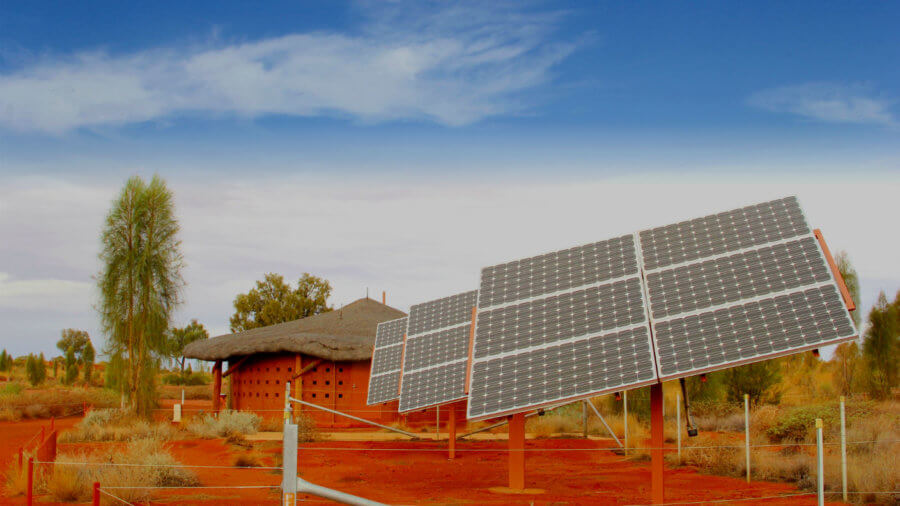By: Joshua Hurlburt, CESP Graduate Student Fellow
Executive Summary
My time in Glasgow attending the United Nations Conference of Parties (COP26) was an eye-opening experience. The main commitments emanating from COP26 included over 100 countries representing over 70% of the global economy agreeing to reduce methane emissions by 30 percent by 2035, 33 countries and 11 carmakers pledging to accelerate the transition to 100% zero-emission car sales by 2040, 46 countries pledging to phase out coal consumption in the next few decades, 30 financial institutions amounting in $8.7 trillion in managed assets pledging to eliminate investments in deforestation-linked activities, and more than 20 countries and five development banks committing to end public financing of overseas fossil fuel projects by the end of 2040[1]. Although the gears of the United Nations tend to move rather slowly, there is room for optimism. One area of focus and true optimism came from the investment opportunities across the continent of Africa
Developing Nations
While pledges and commitments made by large, high-emitting developed countries grabbed most of the COP26 headlines, I believe the most interesting advancement came from a shifting focus towards the developing world. Developing nations pose a severe challenge to lowering the world’s carbon emissions. While it is a challenge for developed countries to tackle climate change, developing countries have to do so while lifting their people out of poverty. Providing electricity to their citizens is a top priority in these countries, but the United Nations and private investors can help them do so cleanly. If developing countries do not industrialize with clean energy, our carbon emissions will astronomically rise even if all developed countries convert to 100% renewable resources.
Background
Leapfrogging is when developing countries industrialize with renewable energy instead of non-renewables. Many developing countries are prime for leapfrogging. Egypt’s population, for example, is heavily concentrated around the Nile which allows the government to convert baron desert into productive solar farms. Other developing countries, however, have more geographical hurdles to overcome. Much of Africa is populated with dense forests making solar farms or wind farms harder to implement. Most of the African countries are also rich with untapped resources like coal and oil. Some of these nations, like Nigeria, are already producing over 1,000,000 barrels per day[2]. Developing with renewable energy will be harder for the countries which have already invested in their non-renewable infrastructure.
Analysis
The world is getting hotter, and the world cannot afford for developing countries to industrialize the way developed countries have done so in the past. If global carbon emissions are not lowered, the rise in temperatures and crop failure could internally displace up to 86 million people in sub-Saharan Africa by 2050[3]. Luckily, the decrease in the cost of renewable energy makes leapfrogging very feasible for these nations. Kenya and Morocco have used their native resources to their benefit in a sustainable way.
Morocco has developed a large wind and solar energy system over the past several years. Kenya has the most solar panels installed per capita of any country. Additionally, Kenya was the first African country to install geothermal power. By 2040, geothermal will account for 50% of Kenya’s power consumption[4]. This clean energy consumption is possible throughout much of Africa, but there needs to be proper compensation for developing nations to leapfrog. The costs have dropped drastically for renewable energy, but the developed nations must provide subsidies to developing nations while private industry increases their investment.
Conclusion
The time to act on climate change is now, but the time to industrialize for developing countries is pressing as well. Developing countries do not have to choose between one or the other. Leapfrogging provides a major opportunity to develop and cut carbon emissions at the same time. Although the cost of renewables has dropped significantly, developed nations need to provide research funding to drive the costs lower and provide subsidies to developing countries. Additionally, the untapped business potential in clean energy production in Africa should drive investment after the stigma of Africa as a risky business venture fades. Whether developing countries in Africa develop cleanly will determine just how much climate change will impact our world. The future is bright for Africa. Stable, developed countries just need to open our eyes and see the potential.
Bibliography
Goodrich, Grace. “Top 10: Africa’s Leading Oil Producers in 2021.” Energy Capital & Power, June 16, 2021. https://energycapitalpower.com/top-10-africas-leading-oil-producers-in-2021/.
“Kenya Energy Outlook – ANALYSIS.” IEA. Accessed August 10, 2021. https://www.iea.org/articles/kenya-energy-outlook.
Lock, Helen, Akindare Okunola, and Kate Nakamura. “COP26: Reactions to the Glasgow Climate Pact and a Summary of Other Major Announcements.” Sendeco2. Global Citizen, November 11, 2021. https://www.sendeco2.com/it/news-press/2021/11/14/cop26-reactions-to-the-glasgow-climate-pact-and-a-summary-of-other-major-announcements.
The Climate Reality Project. “Renewable Energy Leapfrogging: The Better Way Forward.” Climate Reality, October 23, 2020. https://www.climaterealityproject.org/blog/renewable-energy-leapfrogging-better-way-forward.
[1] Helen Lock, Akindare Okunola, and Kate Nakamura, “COP26: Reactions to the Glasgow Climate Pact and a Summary of Other Major Announcements,” Global Citizen.
[2] Grace Goodrich, “Top 10: Africa’s Leading Oil Producers in 2021,” Energy Capital & Power.
[3] The Climate Reality Project, “Renewable Energy Leapfrogging: The Better Way Forward.,” Climate Reality.
[4] “Kenya Energy Outlook – Analysis,” IEA, accessed August 10, 2021, https://www.iea.org/articles/kenya-energy-outlook.
Image: singularityhub.com

